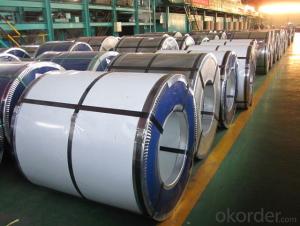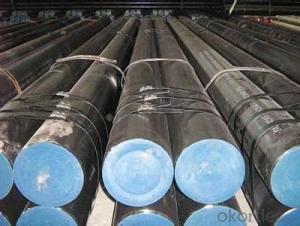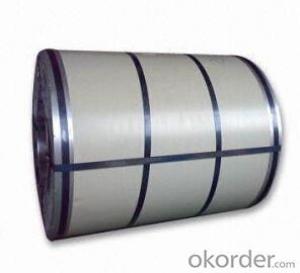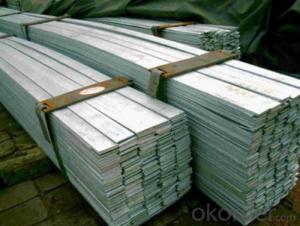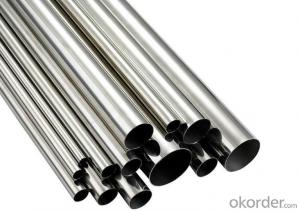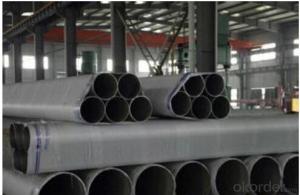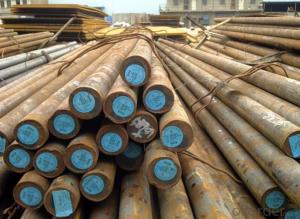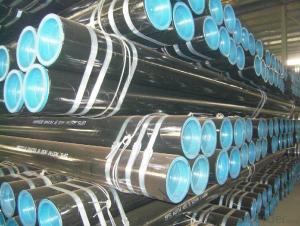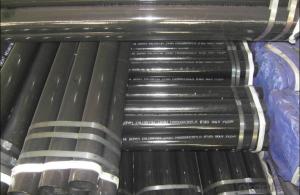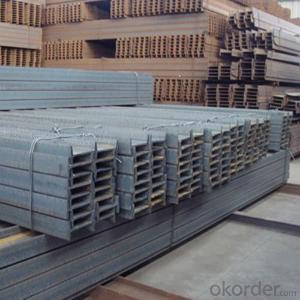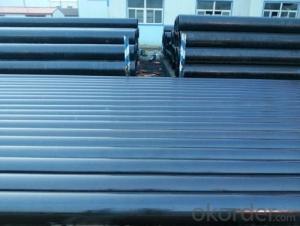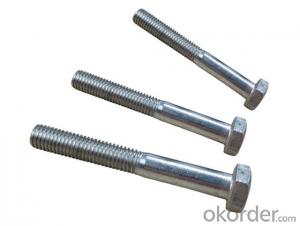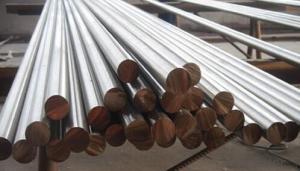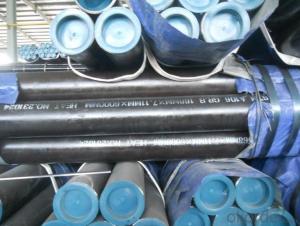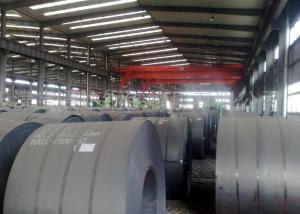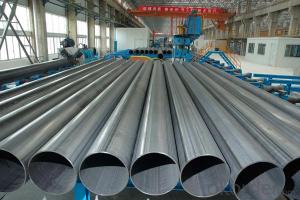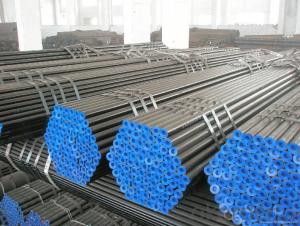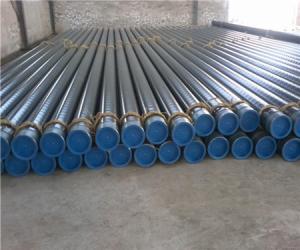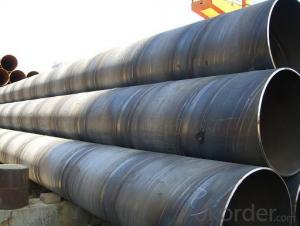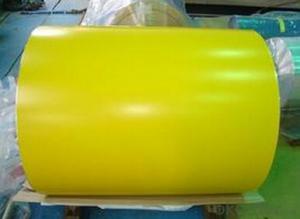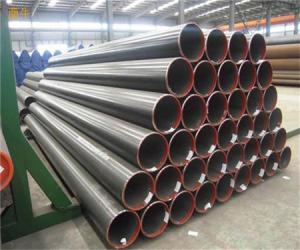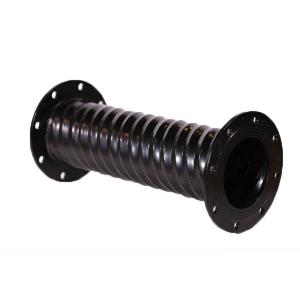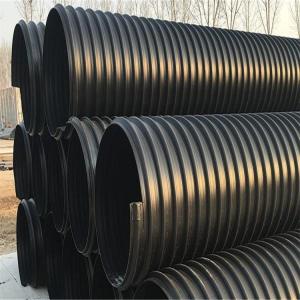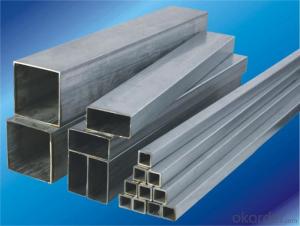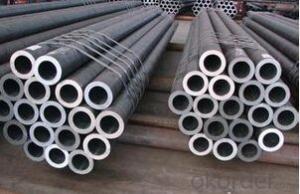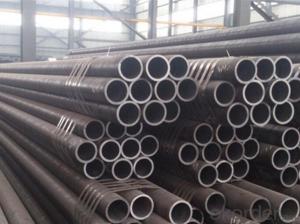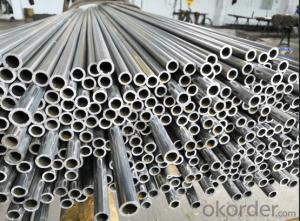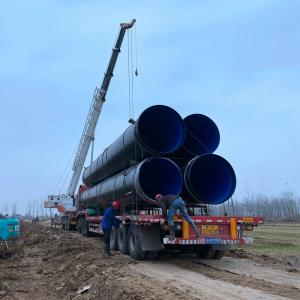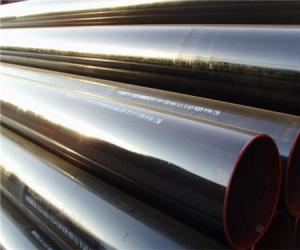Astm C1072
Astm C1072 Related Searches
Geomembrane For Ponds Geomembrana In Hdpe 30 Mil Pvc Geomembrane Pvc Geomembrane Institute Hdpe Geomembrane Machine Geomembrane Machine Plastic Geomembrane Waterproof Geomembrane Geomembrane Material Geomembrane CoverHot Searches
Geomembrane For Sale China Pvc Geomembrane Hdpe Geomembrane Sheet Price Hdpe Geomembrane China China Geomembrane Geomembrane China Hdpe Geomembrane Price Geomembrane Price Wholesale Hdpe Geomembrane Roll Geomembrane Factory Wholesale Liner Hdpe Geomembrane Wholesale Geomembrane Hdpe Wholesale Hdpe Geomembrane Geomembrane Market Size Wholesale Hdpe Geomembrana Wholesale Liner Geomembrane Geomembrane Liner Supplier Wholesale Geomembrane Hdpe Geomembrane Liner ManufacturersAstm C1072 Supplier & Manufacturer from China
Okorder.com is a professional Astm C1072 supplier & manufacturer, offers integrated one-stop services including real-time quoting and online cargo tracking. We are funded by CNBM Group, a Fortune 500 enterprise and the largest Astm C1072 firm in China.Hot Products
FAQ
- What place must use galvanized steel pipe to make lighting line?
- Galvanized pipe for pipeline laying construction and transformation of lighting, power, telephone, fire protection system in the engineering (made of galvanized steel), for laying, laying can be laid in the dark, the wall can also be installed on the ceiling.
- Steel pipes are indeed applicable for food processing facilities. These pipes are frequently utilized in such facilities because of their impressive robustness, strength, and ability to resist corrosion. Moreover, they can be easily cleaned, a crucial factor in maintaining the required hygiene standards in food processing environments. Furthermore, steel pipes are capable of withstanding high temperatures and pressure, rendering them suitable for a wide range of food processing applications, including the transportation of liquids, gases, and solids. Nevertheless, it is imperative to guarantee that the steel pipes employed in food processing facilities are constructed from materials that have received approval for food contact. Additionally, regular inspections and maintenance must be carried out to prevent any potential risks of contamination.
- Steel pipes are commonly used in the manufacturing of telecommunications infrastructure for various purposes such as underground cable protection, overhead cable support, and antenna mounting. They provide durability, strength, and corrosion resistance, ensuring the longevity and reliability of the infrastructure. Additionally, steel pipes allow for easy installation and maintenance of telecommunications equipment, making them an essential component in the industry.
- Steel pipes perform well in high-altitude applications due to their strong structural integrity and resistance to extreme weather conditions. They can withstand the low temperatures and high winds commonly found at high altitudes without compromising their performance or durability. Additionally, steel pipes have excellent corrosion resistance, making them suitable for areas with high humidity or exposure to moisture. Overall, steel pipes are a reliable choice for high-altitude applications due to their strength, resilience, and ability to withstand harsh environmental factors.
- The significance of temperature on steel pipes cannot be underestimated, as it can bring about both positive and negative consequences. When exposed to high temperatures, steel pipes undergo thermal expansion, which can result in distortion or buckling. This expansion also has the potential to affect joints and connections, leading to leaks or failures. Hence, it is imperative to take into consideration the coefficient of thermal expansion during the design and installation of steel pipes in environments with elevated temperatures. Conversely, steel pipes possess remarkable thermal conductivity, enabling them to endure high temperatures without substantial deterioration. This characteristic renders them suitable for applications where heat transfer is of utmost importance, such as in industrial processes or heating systems. Extreme cold temperatures also pose a threat to steel pipes. Freezing conditions cause water or other fluids within the pipes to expand, resulting in cracks or bursts. This can lead to leaks, fluid loss, and potential harm to surrounding structures. Consequently, it is necessary to implement appropriate insulation and preventive measures to ensure the integrity of steel pipes in cold environments. Moreover, temperature fluctuations can impact the mechanical properties of steel, including its tensile strength and toughness. Prolonged exposure to elevated temperatures can cause a phenomenon known as thermal degradation, which diminishes the steel's strength and renders it more susceptible to deformation or failure. In conclusion, temperature exerts a significant influence on steel pipes, affecting their structural integrity, thermal performance, and mechanical properties. Proper design, insulation, and maintenance are crucial to guarantee the safe and efficient operation of steel pipes under varying temperature conditions.
- Carbon steel and alloy steel pipes are both types of steel pipes, but they differ in their composition and properties. Carbon steel pipes are made primarily from carbon and iron, with small amounts of other elements such as manganese, silicon, and copper. They are known for their strength and durability, making them a popular choice for various applications in industries such as construction, oil and gas, and automotive. Carbon steel pipes are relatively inexpensive and have good resistance to corrosion. On the other hand, alloy steel pipes are made by adding other alloying elements to carbon steel. These alloying elements can include elements such as chromium, nickel, molybdenum, and vanadium, among others. The addition of these elements enhances the properties of the steel, such as increased strength, improved corrosion resistance, and better heat resistance. Alloy steel pipes are commonly used in high-temperature and high-pressure applications, such as in power plants, refineries, and chemical plants. In terms of cost, alloy steel pipes are generally more expensive than carbon steel pipes due to the additional alloying elements. However, the added benefits in performance and durability can often justify the higher cost. In summary, the main difference between carbon steel and alloy steel pipes lies in their composition and properties. Carbon steel pipes are primarily made of carbon and iron, while alloy steel pipes contain additional alloying elements for enhanced properties. Carbon steel pipes are known for their strength and affordability, while alloy steel pipes offer improved strength, corrosion resistance, and heat resistance.
